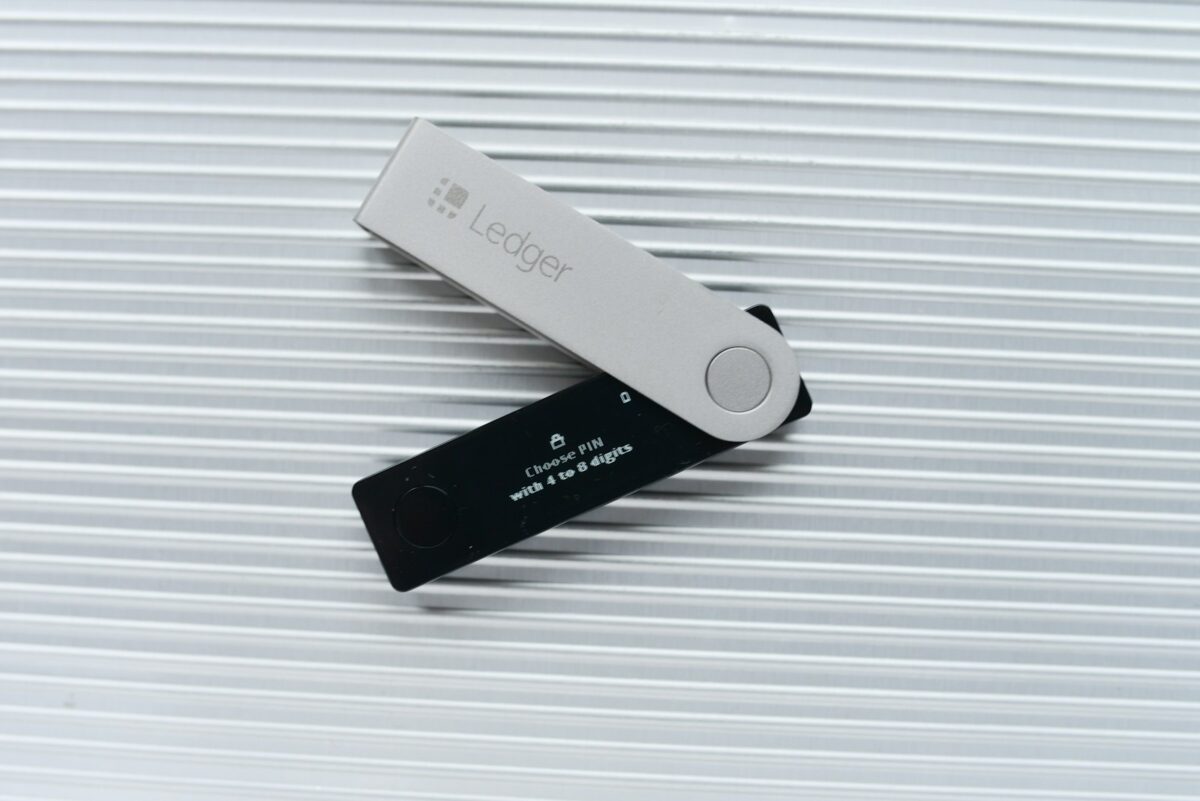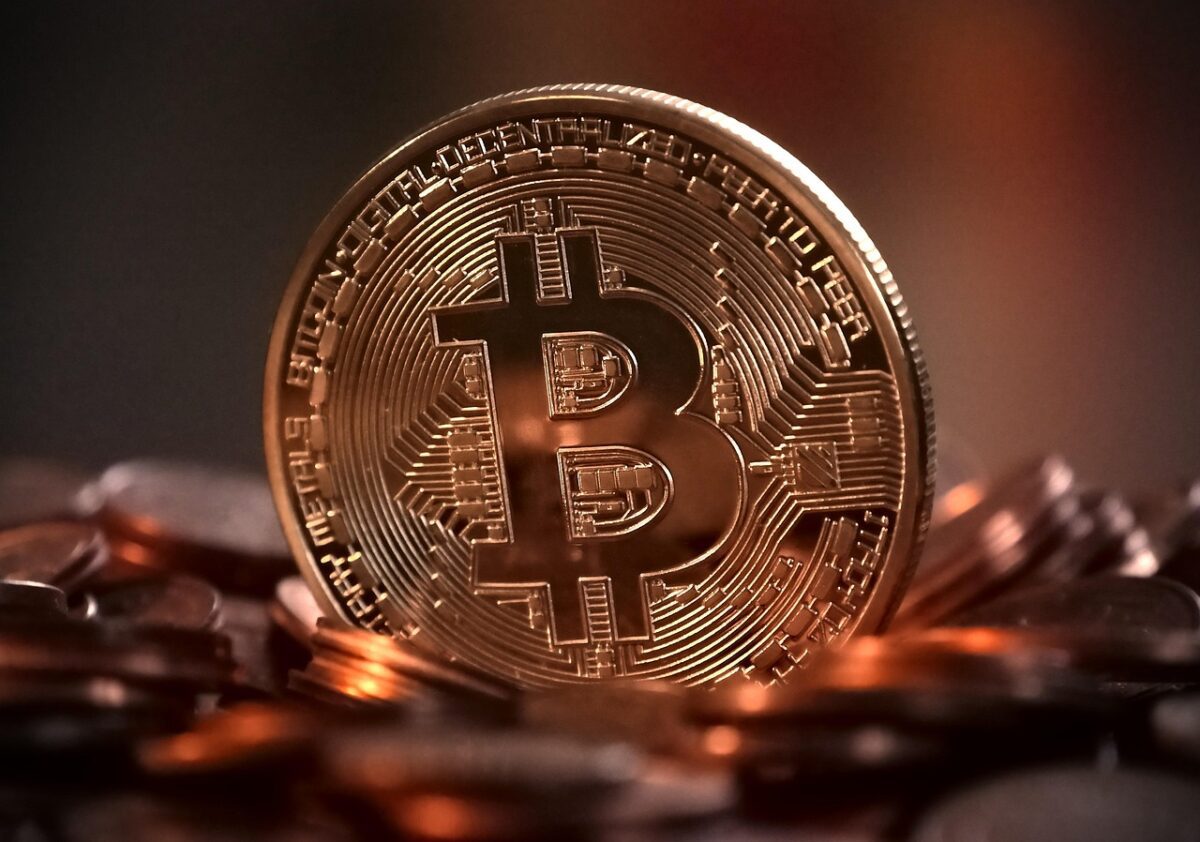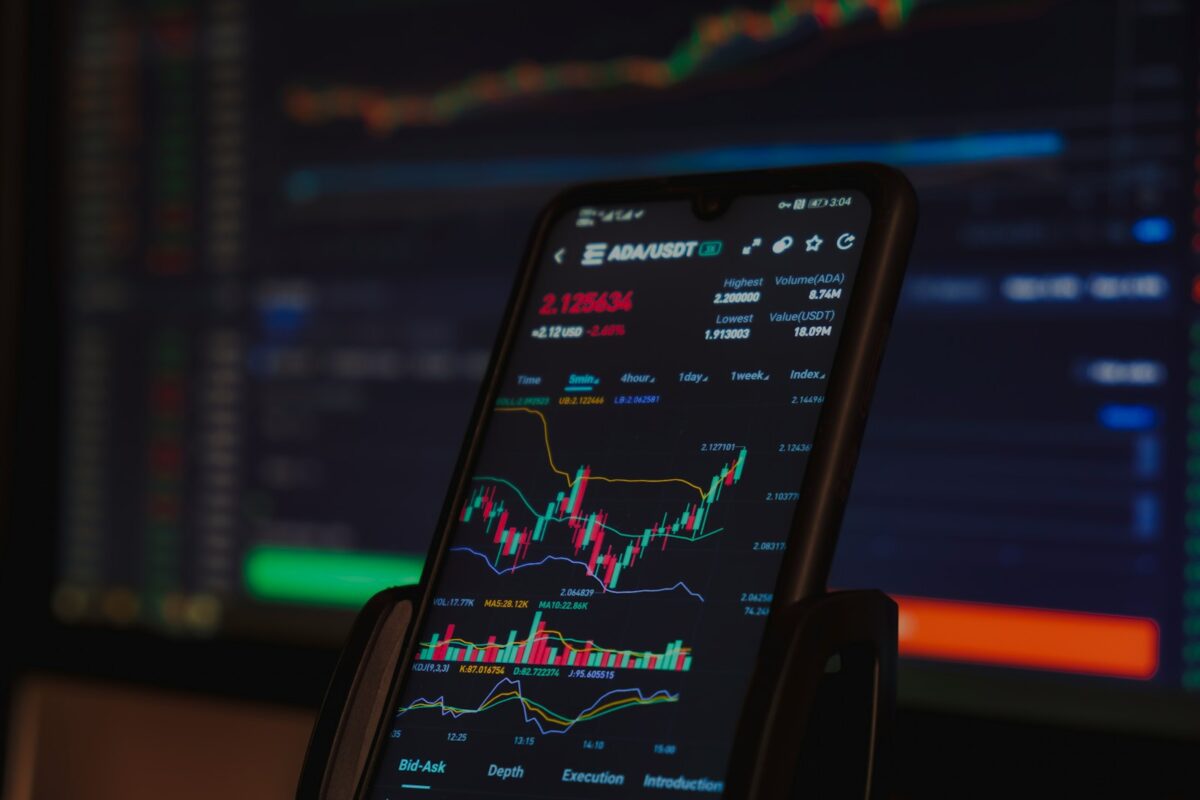
Cryptocurrency fees explained

Transaction expenses vary significantly depending on the type of operation: deposit, withdrawal, or trading. Each action interacts with the underlying network differently, influencing the total cost incurred. For deposits and withdrawals, users often face fixed or percentage-based charges set by platforms, whereas trading costs are tied closely to market liquidity and order types.
Gas plays a critical role in networks like Ethereum, where computational steps translate directly into measurable expenses. Gas prices fluctuate based on network congestion, making timing a key factor for optimization. Monitoring gas fees through analytics tools can reduce unnecessary expenditures by allowing users to execute transactions during off-peak periods.
Different categories of charges exist beyond simple transaction costs. Network fees cover the validation and propagation of data through decentralized nodes, while platform fees compensate for services provided. Understanding these distinctions enables strategic planning to minimize total outlay without sacrificing speed or security.
Understanding Transaction Costs in Blockchain Networks
To initiate asset movement on a blockchain, users must consider various transaction charges that impact both deposits and withdrawals. These expenses reflect the computational effort required to process and validate operations within a network, commonly measured through mechanisms such as gas on Ethereum. Recognizing the types of costs involved is fundamental for optimizing capital efficiency and minimizing overhead during trading activities.
Network-related costs vary significantly depending on the protocol’s consensus algorithm, congestion level, and block size limitations. For example, Bitcoin employs a fee market where miners prioritize transactions with higher fees, whereas some Layer 2 solutions offer reduced charges by processing off-chain. Identifying how these factors influence cost structures enables more strategic decision-making when transferring assets or executing trades.
Classification of Charges in Decentralized Systems
There are several distinct categories of expenditures users may encounter: deposit fees imposed by exchanges or platforms; gas fees required for on-chain execution; withdrawal charges applied when moving funds off-platform; and trading commissions levied during order fulfillment. Each type carries unique parameters that affect the total outlay.
- Deposit Costs: Usually minimal or waived, but depend on intermediary policies.
- Gas Fees: Paid to validators to include transactions in blocks; highly variable based on network load.
- Withdrawal Charges: Often fixed or percentage-based, reflecting network transaction costs plus service provider margins.
- Trading Commissions: Charged by exchanges per executed trade, influencing net profitability especially during high-frequency operations.
The interplay between these components shapes the overall expense profile for participants engaging with blockchain assets. Understanding this framework supports informed experimentation with different platforms and transaction timings to achieve cost optimization.
An illustrative case involves Ethereum’s fluctuating gas price model: during peak demand periods, gas can spike dramatically from single-digit gwei to hundreds of gwei per unit. Users might employ tools like gas trackers or adjust nonce sequencing to time transactions strategically when fees drop. This active management exemplifies applying scientific inquiry to minimize expenditure without sacrificing transaction speed.
This comparative data encourages exploration into how different protocols manage resource allocation and incentivization through transactional costs. By experimenting with various networks’ parameters–such as block confirmation times and fee markets–users cultivate deeper understanding that informs future engagement strategies with decentralized finance tools and marketplaces.
How Transaction Fees Work
The primary cost associated with executing a transaction on blockchain networks is the network fee, often denominated as gas. This gas represents computational effort required to process and validate operations on platforms like Ethereum. Each operation consumes a specific amount of gas units, and users set a gas price they are willing to pay per unit, influencing how quickly their transaction gets confirmed.
Understanding the types of charges involved in asset movement is essential for effective cost management. Besides network fees, exchanges impose withdrawal and deposit costs that vary depending on the asset and platform policies. Withdrawal fees cover expenses related to transferring assets out of an exchange wallet onto another network or address, while deposit fees are less common but may apply in certain cases.
Gas Mechanics and Optimization Strategies
The gas mechanism serves as a deterrent against spam transactions and ensures fair compensation for miners or validators securing the network. Gas costs fluctuate according to network congestion; during peak periods, higher gas prices are necessary to prioritize inclusion in blocks. Users can optimize costs by timing transactions during low activity intervals or by using Layer 2 solutions that bundle multiple operations off-chain before settling them on the mainnet.
Technical case studies reveal that smart contract complexity directly impacts gas consumption. For instance, simple token transfers consume approximately 21,000 gas units, whereas interactions with decentralized finance (DeFi) protocols can require several hundred thousand units due to intricate computations. These differences highlight the importance of code efficiency in reducing operational expenses.
The role of exchanges introduces additional layers of expense consideration beyond blockchain-specific charges. Exchange withdrawal fees often reflect fixed rates per coin or token but can also include dynamic pricing linked to network conditions. Furthermore, some platforms incentivize deposits by waiving or minimizing associated charges to encourage liquidity inflow.
- Network fee variability: Monitoring mempool status helps anticipate changes in required gas prices.
- Exchange fee structures: Reviewing withdrawal limits and minimums prevents unexpected deductions.
- Cost optimization: Scheduling transfers during off-peak hours reduces overall expenditure.
A comprehensive grasp of these multi-layered cost components enhances decision-making when planning transactions across different blockchain environments and centralized platforms. Experimentation with testnets allows users to measure anticipated consumption without incurring real costs, providing valuable insights into potential optimizations for future operations.
Calculating Network Gas Costs
Accurately determining the gas cost associated with network transactions requires understanding the interaction between gas price, gas limit, and transaction complexity. Each operation on the blockchain consumes a specific amount of gas units, which multiplied by the prevailing gas price results in the total cost. For example, simple transfers involve fewer gas units compared to executing smart contracts or interacting with decentralized applications on exchanges. Monitoring real-time gas price fluctuations through network explorers allows for precise estimation and strategic timing of withdrawals or deposits to minimize expenditure.
Different types of transactions such as deposits, withdrawals, and internal contract calls vary significantly in their gas consumption patterns. A deposit into a liquidity pool might demand higher computational resources than a straightforward token transfer due to state changes across multiple contracts. Optimization techniques include batching multiple operations within one transaction or leveraging layer-2 solutions to reduce on-chain resource usage. Detailed profiling of each transaction type aids in predicting costs before execution, thereby informing decisions about when and how to interact with the network efficiently.
Gas Cost Calculation Methodologies
The fundamental formula for calculating network charges is Gas Cost = Gas Units Used × Gas Price. Gas units reflect the computational steps required; these are predefined by protocol standards and can be referenced from official documentation or technical audits. For instance, Ethereum specifies that a standard token transfer typically consumes 21,000 gas units. However, complex interactions such as invoking exchange smart contracts might consume upwards of 100,000 units depending on function complexity and current network load. Tools like Etherscan provide historical data that assist users in estimating probable ranges based on recent blocks.
Network congestion directly affects gas prices since miners prioritize transactions offering higher incentives. Implementing dynamic fee estimation algorithms helps adjust bids according to current demand without overpaying during low traffic periods or risking delays during spikes. This approach has been tested through various case studies where timed batch withdrawals reduced cumulative costs by up to 30%. Understanding these dynamics enables users and developers alike to plan deposits and withdrawals more economically while maintaining transaction reliability.
Choosing Fee Levels Safely
Setting appropriate transaction costs requires a balance between speed and expenditure on the network. Selecting too low a gas price can result in delayed confirmation or failure of transfers, while excessively high levels lead to unnecessary overspending. Monitoring real-time data from blockchain explorers or specialized tools helps optimize payments by reflecting current network congestion and prioritization algorithms.
Different types of operations–trading, deposit, withdrawal–carry distinct cost structures depending on platform policies and blockchain protocols. For example, exchange withdrawal charges often combine fixed fees with variable network-dependent components. Understanding these nuances enables users to adjust fee parameters consciously, avoiding surprise deductions or stalled transactions.
Technical Strategies for Cost Optimization
One method involves observing mempool conditions where unconfirmed transactions queue awaiting miners’ selection based on offered incentives. By analyzing metrics such as average gas prices over recent blocks, users can predict minimal viable amounts required for timely inclusion. Certain wallets provide dynamic fee suggestions that adapt to fluctuating network demand, supporting safer adjustments without manual guesswork.
Experimenting with fee tiers through controlled test transactions sheds light on practical thresholds within specific blockchains. Ethereum’s gas mechanism exemplifies this: submitting a transaction at the base fee might delay validation significantly during peak hours, whereas increasing the tip accelerates processing. Users are encouraged to track how different settings affect confirmation times and costs across various networks and token standards.
Exchange platforms often implement proprietary fee models affecting deposits and withdrawals distinctly from on-chain expenses. It is advisable to review published schedules and historical trends before initiating large movements of assets. Some exchanges also offer discounted rates depending on user status or trading volume, providing additional levers for economical management.
A comprehensive approach integrates continuous monitoring of network statistics with flexible adjustment capabilities embedded in wallet interfaces or API-driven automation scripts. Such workflows empower users to maintain optimal cost-efficiency while minimizing risks associated with underpricing or overpaying transactional charges across multiple blockchain ecosystems.
Comparing Exchange Fee Structures
Optimization of transaction costs requires a thorough analysis of the fee models employed by various exchanges. Trading platforms typically impose multiple types of charges including network costs, gas expenses, and platform-specific commissions for deposits, withdrawals, and order execution. For instance, centralized exchanges often separate withdrawal fees from trading commissions, while decentralized platforms embed gas costs directly into transaction processing.
Network-related expenses fluctuate significantly based on blockchain congestion and protocol design. Ethereum-based exchanges incur variable gas prices that can spike during peak activity periods, raising withdrawal or swap costs substantially. Conversely, layer-2 solutions or alternative blockchains like Binance Smart Chain offer lower fixed gas fees but might charge higher trading commissions to compensate. Understanding these nuances enables strategic selection of venues aligned with specific cost tolerance and operational requirements.
Dissecting Trading and Withdrawal Charges
Trading commissions generally follow maker-taker models where liquidity providers may benefit from reduced rates compared to takers. For example, Binance implements a tiered system where high-volume traders access discounts reducing trading expenses below 0.05%. In contrast, Coinbase Pro maintains a flat fee percentage structure combined with network cost pass-throughs on withdrawals. These differences impact overall expenditure depending on trading frequency and volume.
Withdrawal fees encompass both exchange-imposed fixed charges and underlying blockchain gas expenditures. Kraken charges variable withdrawal costs pegged to actual network confirmations plus a small service margin; this approach closely reflects real-time network conditions but introduces unpredictability in final cost calculation. By contrast, some smaller exchanges fix withdrawal rates irrespective of network status, simplifying user expectations but occasionally resulting in overpayment during low congestion.
A critical experimental approach involves quantifying total expense per trade lifecycle: initiating with deposit, proceeding through trade execution considering maker/taker status, and concluding with withdrawal inclusive of fluctuating gas prices. This stepwise breakdown exposes hidden overheads often overlooked when focusing solely on nominal commission rates.
The interplay between exchange policies and blockchain mechanics invites deeper inquiry into adaptive strategies minimizing total operational outlay. For users transacting frequently at low volumes, selecting venues with minimal fixed withdrawal charges reduces cumulative costs despite slightly elevated trading spreads. Conversely, large volume traders benefit from platforms offering tiered discount programs offsetting higher base fees but requiring volume commitment.
Strategies for Minimizing Costs in Transfers
Prioritize network selection and transaction timing to reduce overall expenditure during deposits, withdrawals, and trading operations. For instance, leveraging Layer 2 solutions or sidechains can substantially lower gas consumption compared to executing transfers directly on congested mainnets.
Optimization techniques such as batching multiple transactions or employing aggregation protocols play a significant role in decreasing transactional overhead. Exchanges implementing these methods enable users to experience diminished charges without sacrificing speed or security.
Technical Pathways and Future Outlook
- Gas Price Adjustment: Dynamic fee models that adapt gas prices based on network load allow users to schedule transfers when costs are minimal, balancing urgency against expense.
- Cross-Chain Bridges: Utilizing interoperable bridges facilitates asset movement across blockchains with reduced withdrawal fees, circumventing expensive on-chain operations.
- Smart Contract Optimization: Refinement of contract code reduces computational complexity, directly impacting the gas required per transaction, thereby lowering transfer costs.
The continued evolution of consensus algorithms and scaling solutions promises further reductions in transactional outlays. As decentralized finance expands, integrating predictive analytics for fee forecasting may empower participants to execute deposits and trades at optimal cost points. Monitoring these developments offers fertile ground for experimentation aimed at maximizing value retention throughout exchange activities.


